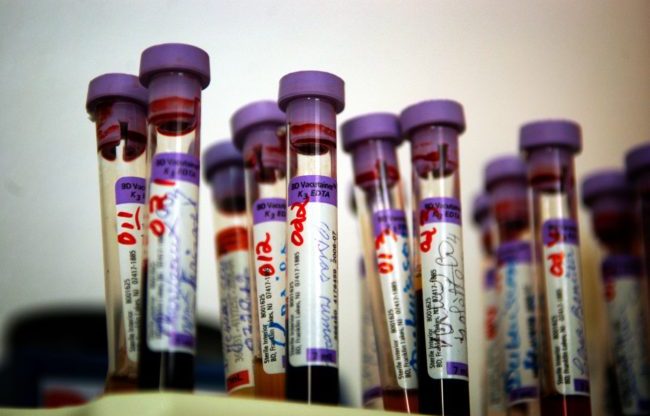Half of black gay men will get HIV in their lifetime

Multiple countries still maintain deferral periods for gay and bisexual men (Creative Commons)
The US Centers for Disease Control and Prevention have evaluated the HIV risk to gay African-American men for the first time – and it’s horrific.
The CDC, which has tracked data related to HIV transmission for many years, released a study which breaks down the ‘lifetime risk’ of HIV infection among groups including men who have sex with men.
It notes: “Gay and bisexual men continue to be most affected by HIV in the U.S. At current rates, 1 in 6 men who have sex with men (MSM) will be diagnosed with HIV in their lifetime, making them 79 times more likely than heterosexual men to be diagnosed with HIV in their lifetimes.”
However, breaking down the figures by race show that the risk is not evenly felt across the gay community – with HIV rates among black gay men “strikingly” high.

The study notes: “While gay and bisexual men overall have the highest lifetime risk of an HIV diagnosis, that risk varies considerably based on race and ethnicity.
“At current rates, 1 in 2 African American MSM and 1 in 4 Hispanic MSM will be diagnosed with HIV in their lifetime, compared with 1 in 11 white MSM.”
The ‘1 in 2’ lifetime risk means that African-American men who have sex with men are 237 times more likely than heterosexual men to be diagnosed in their lifetime.
The disproportionate infection rates may not simply down to riskier practices, however, as the CDC also notes: “while studies have shown that African Americans do not engage in riskier sexual behaviour compared to Americans of other races/ethnicities, African American men [of any sexuality] are almost 7 times more likely than white men [of any sexuality] to be diagnosed with HIV in their lifetimes.”
Dr. Eugene McCray, director of the CDC’s Division of HIV/AIDS Prevention, said: “These estimates are a sobering reminder that gay and bisexual men face an unacceptably high risk for HIV—and of the urgent need for action.
“If we work to ensure that every American has access to the prevention tools we know work, we can avoid the outcomes projected in this study.”

